Norse Mythology: What Does The Icelandic Vegvisir Signify?

What Does The Icelandic Vegvisir Symbolize? If you have actually ever searched for the word”Vegvisir”, you have actually probably seen a symbol that appears like an eye surrounded by 8 staves….
Norse Mythology: The Secret Meaning Behind Aegishjalmur, The Helm Of Awe
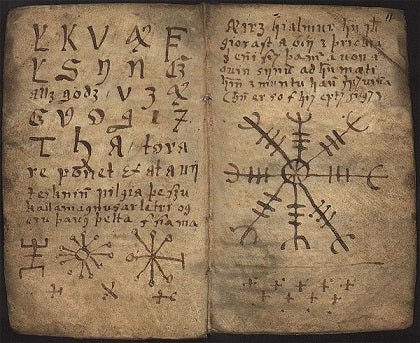
The Secret Meaning Behind Aegishjalmur, The Helm Of Awe Aegishjalmur is an ancient symbol that does not have a definite translation. It means protection and serenity, among other things so you…
Norse Mythology: Thor the God of Thunder – Norse Folklore – Norse Gods – Nordic Pagan Gods

Thor was a powerful and popular Norse god in Viking life and culture. He was an important god among all branches of the Germanic individuals prior to their conversion to Christianity,…
Norse Mythology: The Legendary Sigurd-Snake-in-the-Eye
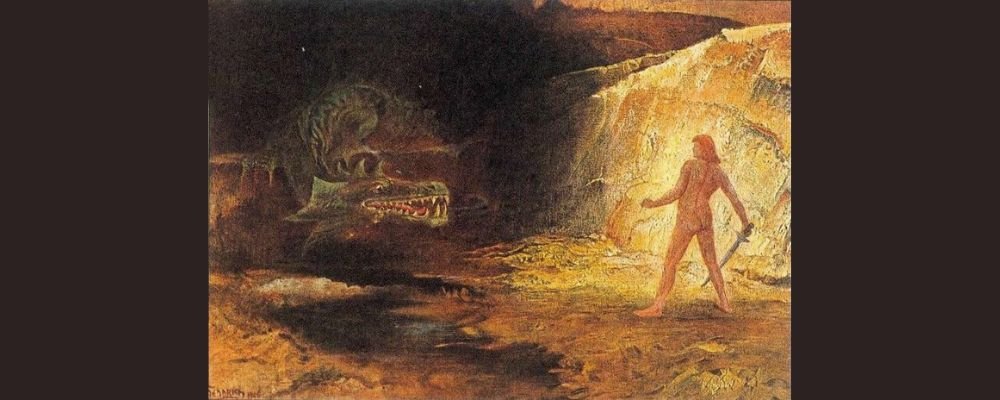
Poor Sigurd gets dealt with poorly in the History Channel’s Vikings series. The least remarkable of Ragnar’s many children, he is exterminated pretty early in the storyline of Ragnar’s kids. Ivar…
Norse Folklore: What are Viking Runes & what do they suggest?
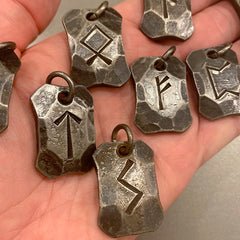
Runes In Norse tradition, the god, Odin, impaled his heart with his own spear and held on the world tree, Yggdrasil, for nine days and nights all to perceive the meaning…
Norse Mythology: Fenrir
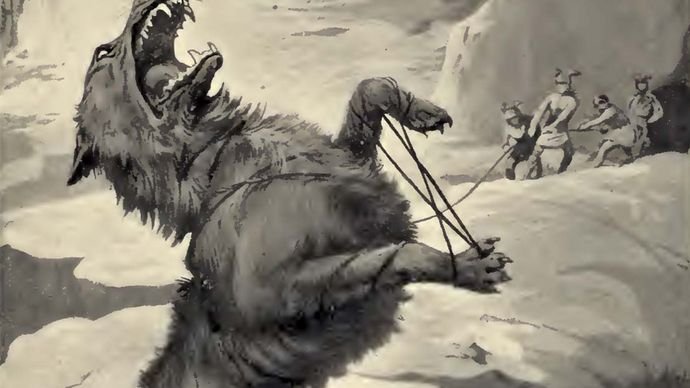
Fenrir, also called Fenrisúlfr, monstrous wolf of Norse folklore. He was the child of the demoniac god Loki and a giantess,Angerboda. Fearing Fenrir’s strength and understanding that just wicked could be…
Norse Folklore: Loki
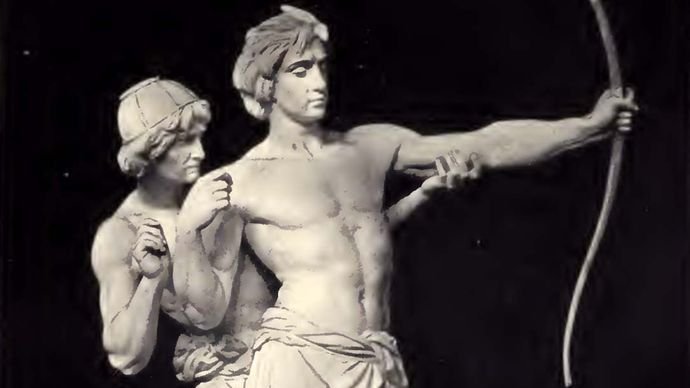
Loki, inNorse mythology, a shrewd trickster who had the capability to change his shape and sex. Although his dad was the giant Fárbauti, he was included amongst the Aesir(a tribe of…
Norse Mythology: The Power of Thor’s Hammer

Mjolnir in Battle Mjolnir can be wielded as both an offensive and a defensive weapon. Possessing sufficient power to level mountains, it can give off blasts of magical…
Norse Mythology: Who are the Jötnar in Norse Mythology?
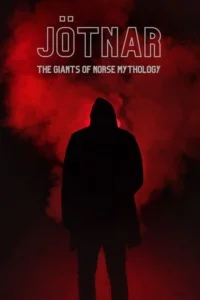
The Jötnar in Norse mythology are a tricky bunch. Are they bad guys? Are they good guys? Or do they just want the Æsir to stop bothering them? Read on to…
Viking History: Temple at Uppsala

. Temple at Uppsala History Channel The Temple at Uppsala was a religious center dedicated to the Norse gods Thor, Odin, and Freyr located in what is now Gamla Uppsala in Sweden. It is described by the 11th-century historian Adam of Bremen as the most significant pagan website in the region and was ruined by the Christian King Inge the Senior c. 1080.
The website is also referenced in the Ynglinga Saga of the Heimskringla written by the Icelandic mythographer Snorri Sturluson (l. 1179-1241) and the Gesta Danorum of Saxo Grammaticus (l. c. 1160 – c. 1220). In every case, it is connected with the gods of the Norse religious beliefs and in Adam and Saxo with human sacrifice. At the time Adam was composing (c. 1070), Christianity was still competing with the old Norse beliefs for supremacy in the area, while in Saxo’s time, it was more developed. Both wrote from a Christian viewpoint therefore cast the temple and its rites in an unfavorable light. Sturluson was recounting ancient misconceptions for his age therefore humanized the gods, making divine beings like Odin into terrific kings of the past rather than gods and so prevented having to demonize the website for a Christian audience.Read the rest of
this short article.
The website is also referenced in the Ynglinga Saga of the Heimskringla written by the Icelandic mythographer Snorri Sturluson(l. 1179-1241 )and the Gesta Danorum of Saxo Grammaticus (l. c. 1160 -c. 1220).